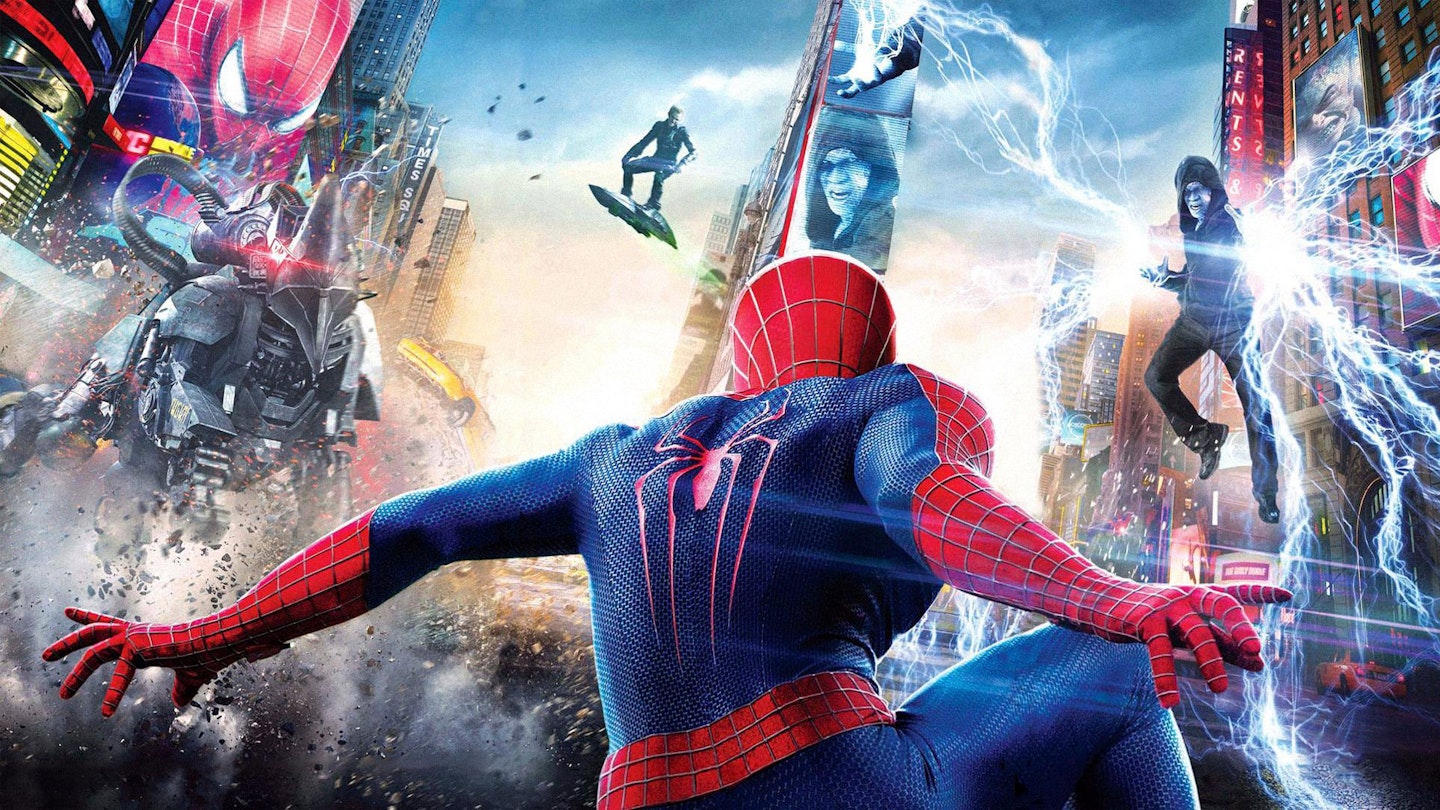If you went to see The Amazing Spider-Man this week and came away a little bit in love with its star, you may be wondering what you’ve seen him in before and, more pertinently, what you should watch to see him in next. Here’s a quick guide to how Andrew Garfield ended up in Spider-Man’s jumpsuit, and what’s next for the rising star...
A Channel 4 adaptation of Jonathan Trigell’s 2004 novel, this was the film that got Garfield noticed. A fictional take on a Jamie Bulger-like case, this sees the actor as Jack Burridge, one of two child murderers, who’s released from prison after serving 14 years for a still-controversial crime and is shrouded in anonymity to give him a chance to build his own life. Known as 'Boy A' to the criminal justice system and renamed Eric Wilson as he strikes out alone, Garfield’s character is a young man tortured by a past he can never entirely shake off and isolated by his fear that it will forever colour his world. Peter Mullan is the sympathetic rehabilitation worker who tries to help him rebuild his identity, but this is very much Garfield’s film, the actor mixing sensitivity and nervy likeability with a sense of the darkness underneath. This is still the performance often name-checked by directors as the reason they wanted to work with Garfield, and garnered the actor a TV BAFTA for Best Actor for his turn. Not a bad start for a leading man, all things considered.
Robert Redford’s three-pronged discussion of the Afghanistan conflict may have been heavy-handed and preachier than Sorkin on a bad day, but in a cast that included Redford, Tom Cruise and Meryl Streep, it was Andrew Garfield who gathered the most positive attention. He plays a frat boy who’s a student of Redford’s college professor, when Redford challenges Garfield’s disaffected and disengaged stance on the world. It’s a multi-layered performance here: on the surface, Garfield is all surfer-boy mannerisms and casual jocularity, but it’s clear that there’s a keen mind ticking underneath, and as he challenges Redford’s stance, the movie very nearly works. Had it just been these two arguing for two hours, we might have been on to something. In the becoming-a-star playbook, stealing a movie from under the noses of more established names is always a key move.
After a brief role in The Imaginarium Of Doctor Parnassus, Garfield’s next major turn came in another meaty TV outing, the three-part adaptation of David Peace’s Red Riding Quartet. The story is set against the backdrop of a series of murders that includes the Yorkshire Ripper case, and the first part hinges around Garfield’s cocky young newspaperman and his efforts to investigate the disappearance of several local girls. The reckless reporter finds himself quickly in over his head, with Garfield transforming from a portrait of naive self-assurance to driven desperation as he finds the whole system intent on dismantling everything he has tried to do. It was proof that the actor could sink his teeth into seriously dark material – and that he didn’t have to play adolescents anymore.
He may have been past the adolescent stage, but he can still fake it, as Garfield showed in this adaptation of Kazuo Ishiguro’s Booker-shortlisted novel. Told through a series of flashbacks by Carey Mulligan’s Kathy H, it only gradually becomes clear that she and her friends Tommy (Garfield) and Ruth (Keira Knightley) are not your typical boarding school kids. And while it’s Ruth who begins a relationship with Tommy during the story's decade-long span, it’s obvious that he and Kathy share an emotional connection that Ruth can never quite understand. This was talked up as an Oscar contender in advance, but the meditative tone and quiet heartbreak proved a little too low-key for the Academy’s tastes. It was another film of the same season that would launch Garfield to new heights...
David Fincher’s take on the creation of Facebook has become one of the defining films of our era, as well as being one of the best dramas to come along in ages. While Garfield was considered a supporting actor for the purposes of award ceremonies (where the strategists clearly figured that Jesse Eisenberg was in with a better chance of landing a Best Actor win), he’s really the co-lead, the equal and opposite to Eisenberg’s awkward Mark Zuckerberg. Garfield’s Eduardo Saverin is more mercurial and less intense than his partner, but he plays a pivotal role in this drama, and it’s his relationship with Zuckerberg that provides the film with its emotional centre, humanising the difficult figure that Eisenberg portrays. No wonder that studio Sony spotted something here they thought might come in handy...
When the first word came through on Sony’s aim to reboot the Spider-Man franchise, the plan was to go back to Peter Parker’s high school days and aim younger. Actors in their very early 20s like Josh Hutcherson, Aaron Johnson and Anton Yelchin were all in contention, but in the end the part went to Garfield. Sure, he’s a good bit older than a high schooler, but somehow his body language convinces as a 17 year-old, and his chemistry with Emma Stone’s Gwen Stacey makes the film fly. With one sequel already greenlit and set for May 2, 2014 and another now planned, it’s clear that Garfield’s hit a home run as the arachnid superhero, which should keep him in comics for some time yet.
